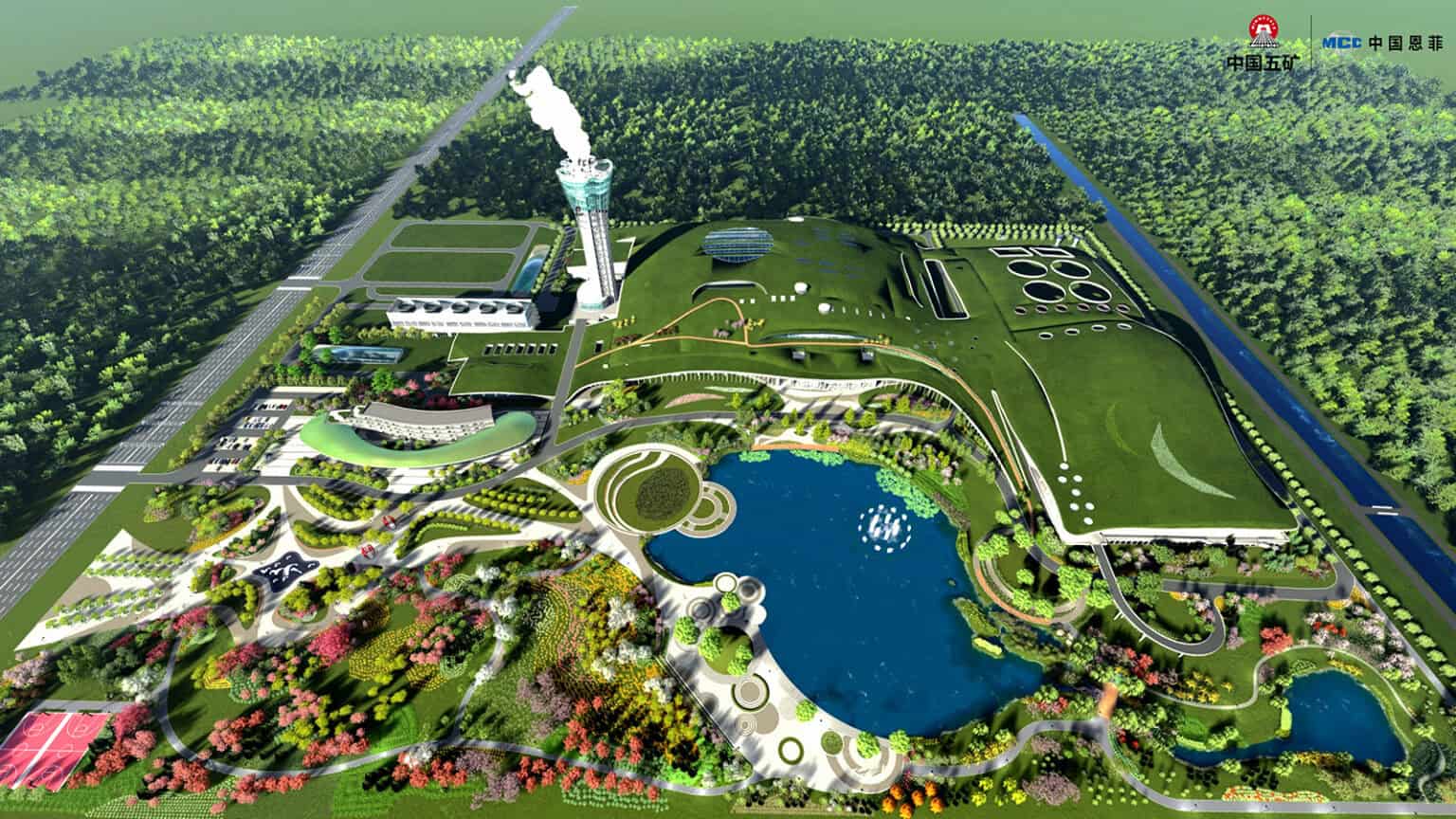Green Cities with Digital Technology: Xiong’an and Masdar
Green cities like The Xiong’an New Area (China) and Masdar City (United Arab Emirates) share a strong commitment to sustainability, technological innovation, and urban quality of life.
Both projects aim to become the cities of the future: Xiong’an is envisioned as a smart, green, and digitally advanced megacity in northern China. Masdar City is a sustainable microcosm built from scratch in the Abu Dhabi desert.
Key Facts
Xiong’an is a strategic area launched in 2017 near Beijing. It spans around 2,000 km² (almost three times the size of New York City) and aims to accommodate millions of people. It is a “green” project: every home will have a park within 300 meters, and the city will be surrounded by forest belts, along with highly efficient public transport networks.
Masdar City (UAE) is an experimental city that began development in 2006 in Abu Dhabi. Covering only 6 km², it’s designed for 40,000 residents and 1,500 businesses. Its layout is fully ecological, using extensive solar energy, passive architecture to reduce heat, and technologies aimed at eliminating the carbon footprint. Originally expected to be completed by 2020, its timeline has been extended to 2030.
Both projects are emblematic of digital eco-cities. They use BIM modeling, urban twins, and IoT sensors to manage resources, along with smart energy systems and low-consumption buildings. Urban planning and operations are driven by advanced data (Big Data, AI, 5G networks) to reduce energy consumption and emissions.
The “city of the future”
Xiong’an was born in 2017 as a “millennium strategy” by the Chinese government. Its goal is to reduce congestion in Beijing by relocating non-essential administrative and industrial functions. Strategically located within the Beijing-Tianjin-Shijiazhuang triangle, it is being developed as a megacity focused on innovation and high technology.
Its urban planning incorporates vast green spaces, where a local park is planned every 300 meters, and a forest belt is envisioned around the city—a trend increasingly common in urban projects. In practice, this translates into tree-lined boulevards, fountains, and green areas integrated with residential zones. Since its official announcement, hundreds of billions of yuan have been invested, mainly in infrastructure. Dozens of projects are already underway: new universities, hospitals, tech institutes, and industrial parks.
But what sets Xiong’an apart is its digital ambition. Authorities have built a massive “urban computing center” (with an investment of around $156 million), which acts as the city’s brain. Here, BIM platforms converge with Big Data, IoT, and artificial intelligence systems to monitor and optimize traffic, energy use, and water management in real time. A digital twin of the city is also planned to simulate future scenarios. Xiong’an has already piloted a digital currency (the digital yuan) and is equipped with thousands of 5G antennas ensuring high-speed connectivity throughout the area.
The sustainable utopia
Masdar City is a radical experiment in the heart of Abu Dhabi’s desert. Initiated in 2006 by the UAE government, the project aims to prove that it is possible to build a near-zero-emissions city. Though modest in scale compared to Xiong’an (just 6 km²), Masdar was designed from the beginning to be a global benchmark in urban sustainability.
What stands out in Masdar is its bioclimatic design. Streets are narrow and oriented north-south, with low-rise buildings painted white. Wind towers and internal courtyards function as natural ventilation systems. During the day, facades are covered with photovoltaic panels that capture intense sunlight. This design drastically reduces indoor temperatures and energy consumption. Masdar even aims to generate more electricity through solar panels than it consumes.

In terms of mobility, Masdar was conceived as a nearly car-free city. Instead of wide avenues, it features an electric public transport system, while private cars are restricted to the outskirts. The result is a walkable environment and a dramatic reduction in CO₂ emissions.
Masdar City is also a living innovation lab. From its autonomous solar-powered campus where clean technologies are developed, to The Catalyst (an incubator for renewable energy startups), the city hosts internationally focused research initiatives. More recently, IoT sensors have been installed in buildings to monitor water and energy use, and a digital urban platform has been deployed to optimize these resources.
Green city models
Xiong’an and Masdar City offer two distinct visions of what a 21st-century ecological city can be. Xiong’an is emerging as a future megacity powered by data centers and intelligent platforms; its sustainability relies on computer modeling and large-scale digital infrastructure. Masdar was a green city prototype—an experiment on a smaller scale combining traditional Arab urban design with solar energy. In both cases, the goal is the same: a functional city with a net-zero carbon footprint.
The comparison also reveals unique challenges. Masdar, with a decade’s head start, shows that even the most carefully planned cities take time to evolve. Its expansion has required adjustments, and today it houses only a portion of its intended population. Xiong’an dazzles with massive investment and a fast pace of construction, but it still needs to attract enough residents and industries. The reality is that, with political will and advanced digital tools (BIM models, urban simulations, smart grids), the cities of the future can indeed be designed to be “green” from day one.
Fuente: Blog de BIM



